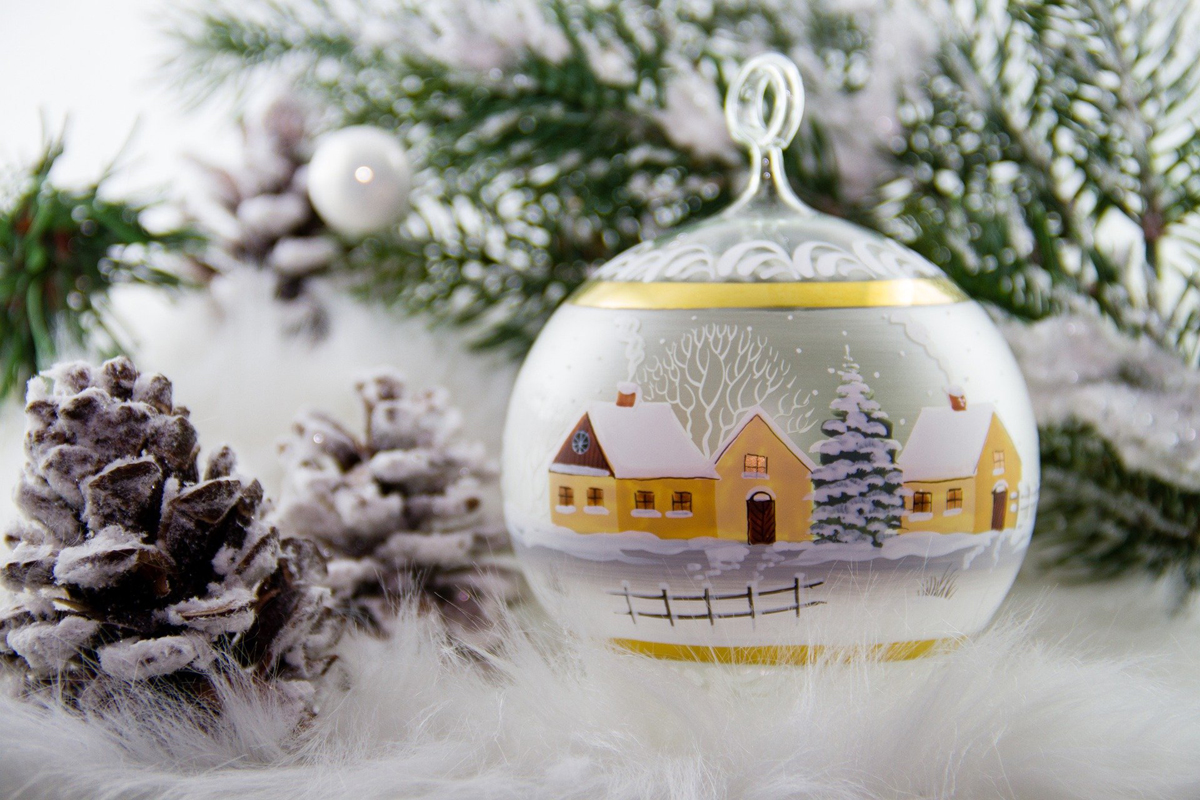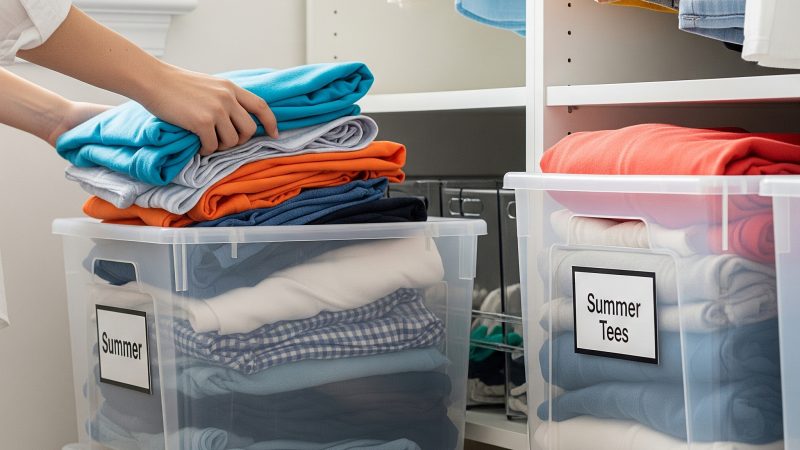DIY Energy Savings – Quick and Easy Tips
Here are 5 things you can do to successfully reduce your home energy consumption and save money in the process.
1. Seal The Leaks Around Windows and Exterior Doors
This is easy to do, and will help your home keep the heat in. Caulk, spray foam or use weather stripping and it will have an impact on improving your comfort and reducing utility bills. Don’t want to fuss with this contact a handyman, or a reputable window, insulation or painting company. Many of them provide this service.
2. Fix Your Insulation Situation
Insulation is typically the #1 way to save energy in your home. According to the Department of Energy (www.ornl.gov) heating and cooling account for 50 to 70% of the energy used in the average American home. Inadequate insulation and air leakage are leading causes of energy waste in most homes. And according to EnergyStar, you could save up to 10% of your total annual energy bill just by sealing and insulating.
3. Clean and Seal Heating Ducts
Almost 20% of the air that moves through your duct system is lost due to leaks and poorly sealed connections. Over time, ducts can sag or collapse. Vermin and other animals can chew holes in crawl space duct-work. Ducts can also come apart at the seams. When this happens, any air that should be going to the rooms in your home is instead being wasted by ending up in your attic, your walls, or under your house. If duct tape was used on your duct-work originally, it’s best to have it replaced with aluminum or foil tape. Traditional duct tape deteriorates quickly. Metal seams should be cleaned and then sealed with duct mastic, which doesn’t crack. It creates a permanent seal.
4. Let Your Equipment Breathe
Your heating and cooling systems depend on a flow of air to maximize their efficiency. Homeowners can take easy steps to help change the furnace filter, and check for leaves/debris around an outside heat pump or air conditioner. A clogged air intake outside or dirty indoor furnace filter limits air flow to the equipment and causes it to function inefficiently. It can eventually lead to costly breakdowns and repairs. This is similar to changing the air filter in your car. Electronic filters typically need cleaning at least twice per year and paper filters need replacing. Check your product warranty for your manufacture’s specific instructions.
5. Open Those Registers
Many people close floor registers to push heat into certain parts of their house. Since about the late 60’s the products installed in homes have been forced air furnaces. These are designed for a specific amount of air to flow thru the furnace while operating. The duct-work is designed for this amount of air also. When air registers are closed it reduces the airflow and allows heat to buildup in the system. That heat has to go somewhere, and that somewhere is up the flue and out of your house. Closing 1 or 2 registers is fine in rooms that get too hot. Keep as many registers open as possible so your furnace can operate at maximum efficiency. This is the same for heat pumps and central air conditioning. Airflow is key to efficient heating and saving money.
Not sure where to start to make your home energy efficient? Consider a home energy audit. A certified audit uses the latest technology to analyze your house, measuring heat loss, combustion and air leakage. An audit will show you how your home uses and wastes energy. This will help you prioritize what you can do to get the most energy savings. Learn more about audits at washingtonenergy.com.
Sources:
Department of Energy – http://www.ornl.gov/sci/roofs+walls/insulation/ins_01.html
Energy Star – http://www.energystar.gov/
Washington Energy Services – www.washingtonenergy.com
The Author:
Washington Energy Services has been serving Western Washington homes since 1957 with the best in “energy smart” products.- Washingtonenergy.com








